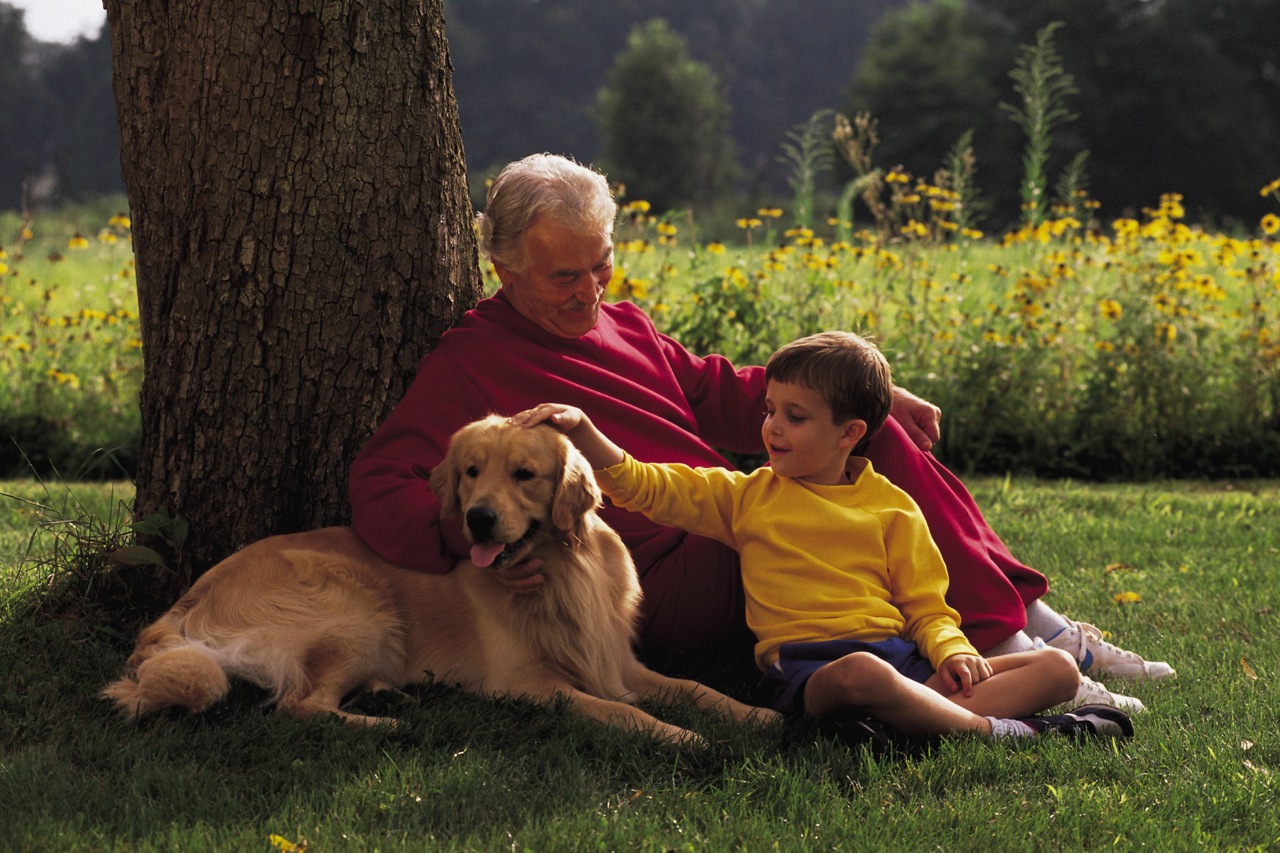
Sensory Enrichment makes summer a great opportunity for improvement
Summer has arrived! While fun and exciting for many, this season can bring more stress and anxiety for kids on the autism spectrum. The freedom,

Summer has arrived! While fun and exciting for many, this season can bring more stress and anxiety for kids on the autism spectrum. The freedom,
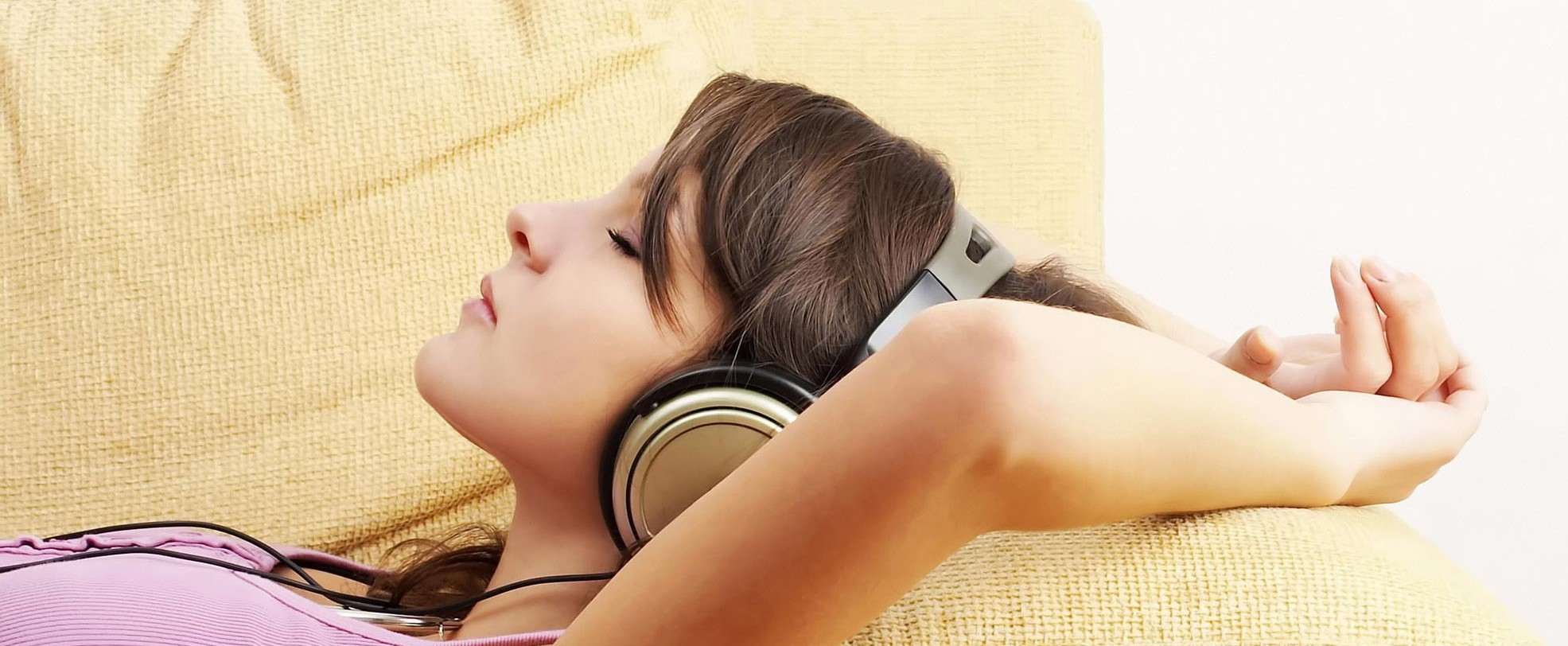
This first mention of the research on words content and their influence is only to remind the parent that songs have a very different impact than instrumental music which is why the therapeutic effect of a soothing symphonic piece will have an effect, while a song will not.
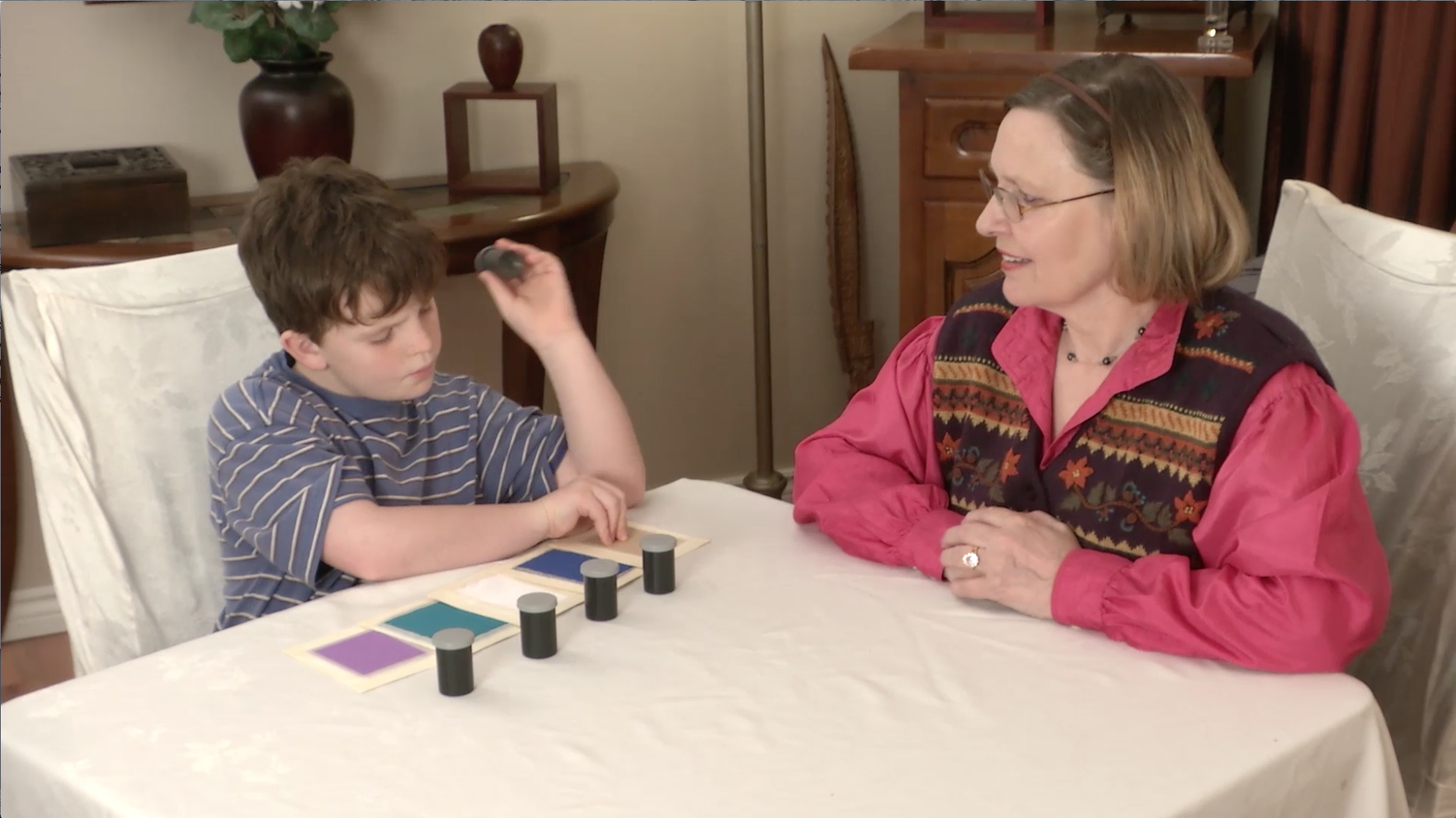
These new tools will improve the child’s learning abilities, and their capacity to store information in more than one area. This exercise will also help the development of auditory processing and selectivity which are deficiencies in children with autism.
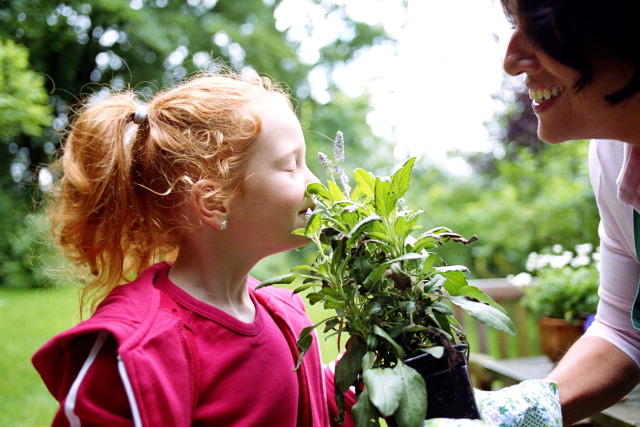
More and more we see that it is better to stick as closely as possible to all natural ingredients. With Sensory Enrichment we are a
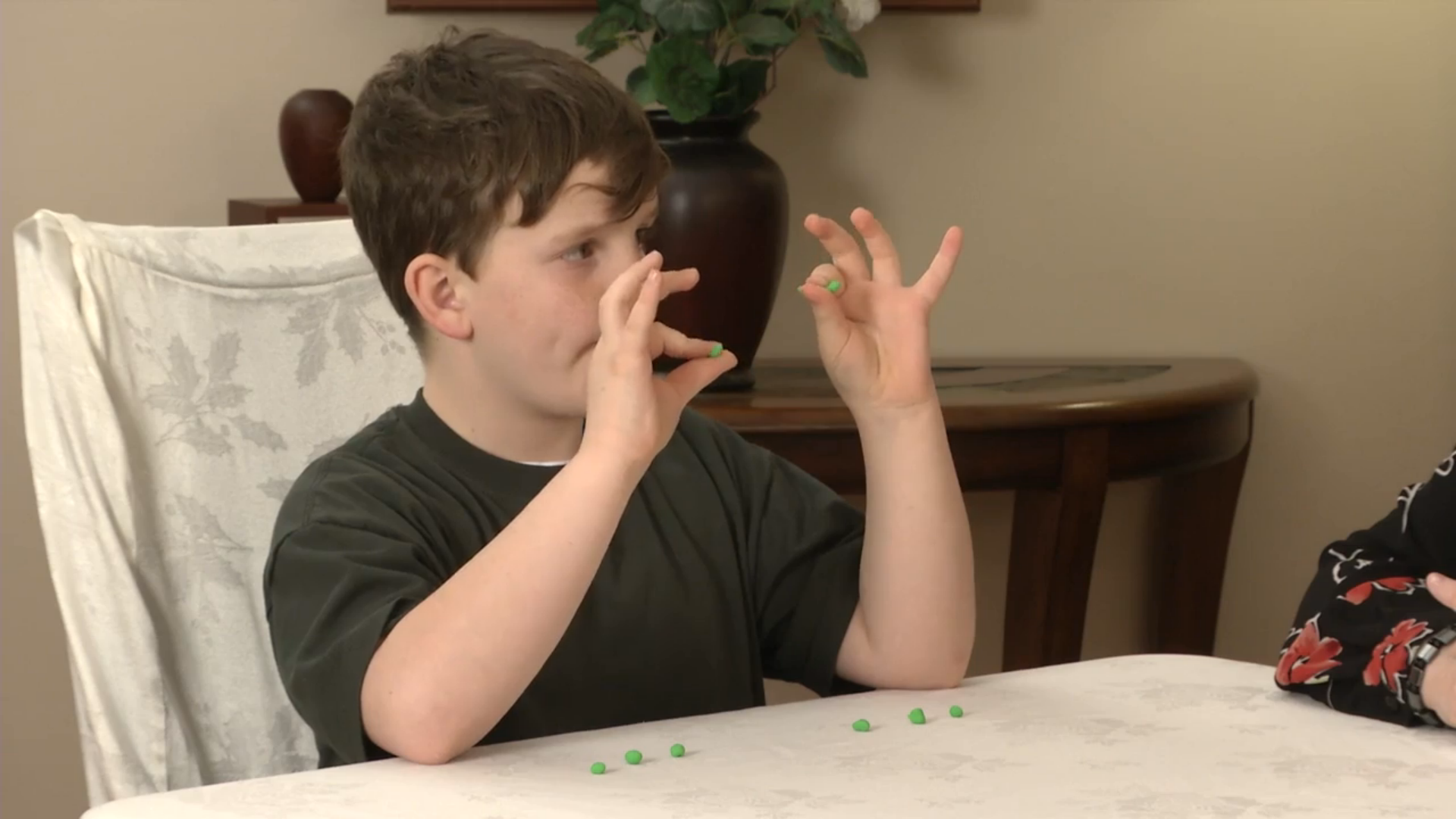
Like most of our exercises involving fine motor finger skills, this is actually a speech development exercise. Providing efficient and reliable connections for fine motor control is an essential step which we take by prompting organized migration from a very populated brain area to its less efficient neighbor.

In May 2013, Behavioral Neuroscience published the results of the first study evaluating the effectiveness of Environmental Enrichment as a therapy for Autism. The results are very promising.
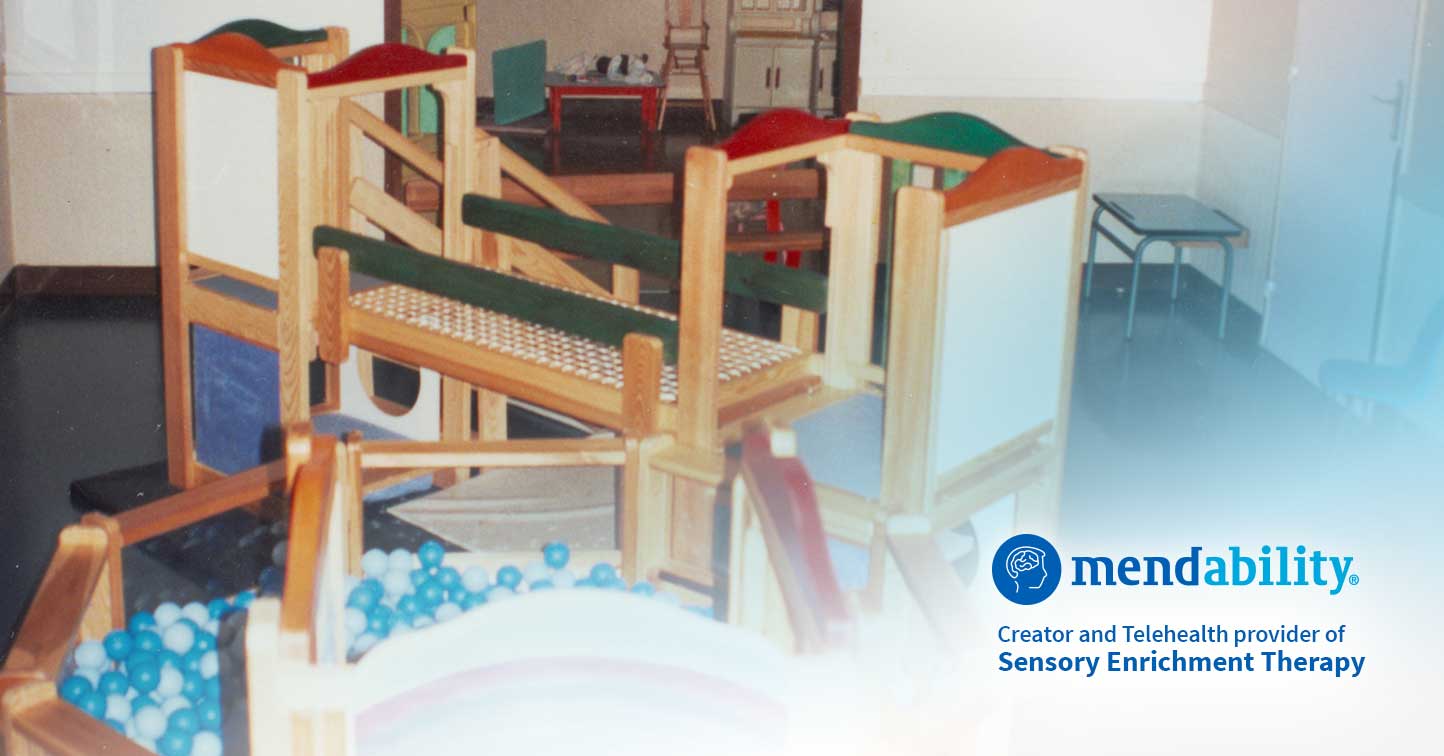
Here is a useful report on the impact of Sensory Enrichment on children in daycares, conducted in France in the 1990’s and sponsored by Nestlé

Kawaii, the beneficial effects of cuteness
Article based on the findings of Hiroshi Nittono, Michiko Fukushima, Akihiro Yano, Hiroki Moriya.
We created this slideshow to help parents who have kids who love horses. Slideshows are a good way to do a pleasurable visual activity as part of Sensory Enrichment Therapy.
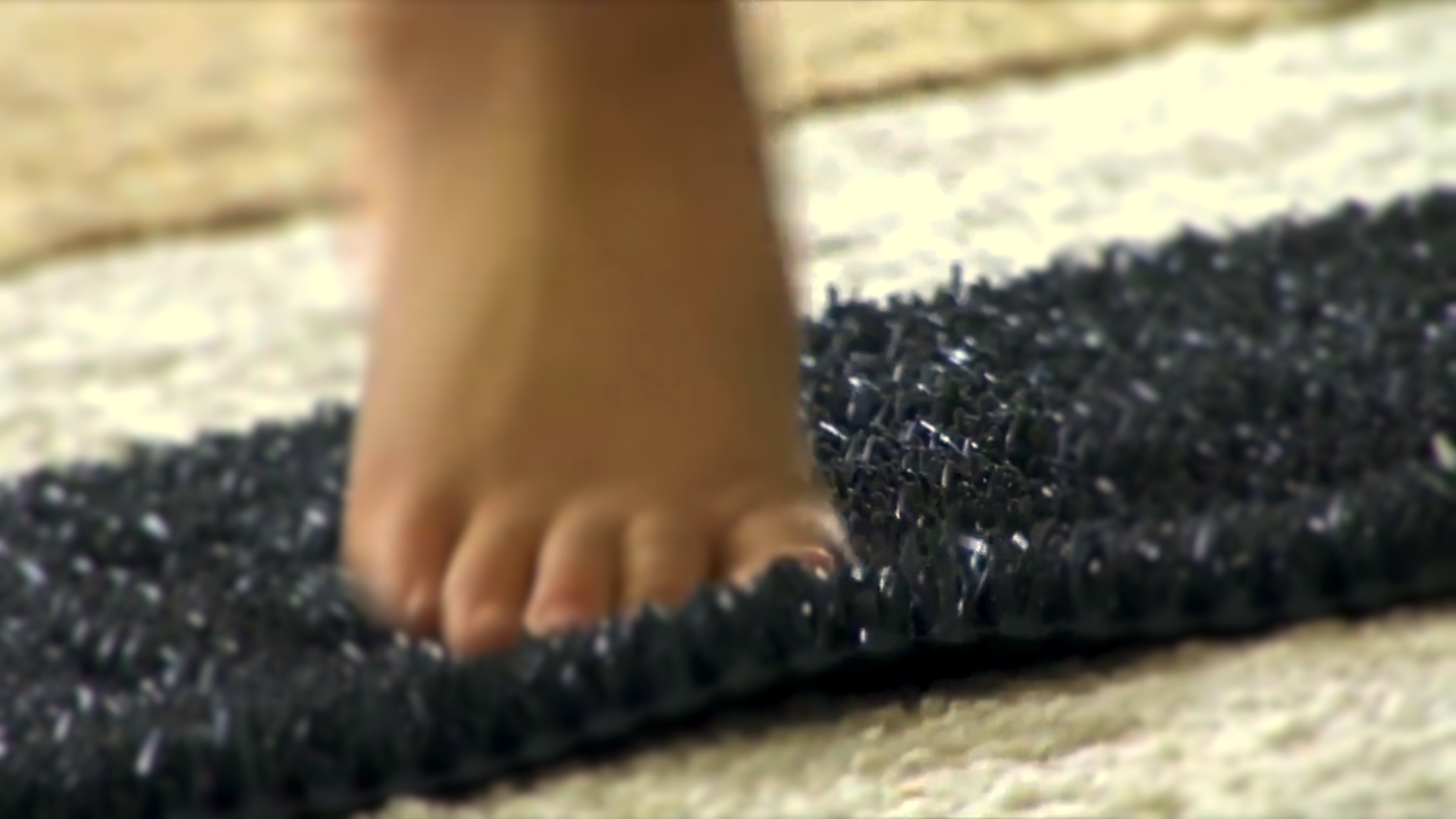
Children on the autism spectrum usually have difficulties with the sense of touch, or tactile defensiveness. This may lead to rituals or aversions in clothing, food, flooring.
